What Causes Rough Idle at Low RPM? – How To Fix Them
Are you tired of feeling embarrassed at every time when your friends point out a shaking, slapping noise coming from your car? Does your car fail to keep a consistent speed? Is your car ride always bumpy?
The reason behind these problems can be blamed on rough car idling, it may seem like a minor inconvenience initially but can also be an indicator of serious engine problems.

Car engines are demanding and require proper care to be taken. Failure to do so can result in problems with fuel, ignition, emissions, and other various systems.
It is even more difficult to find the root cause of a car that has a rough idle, as the number of the potential sources of a rough idle can vary from a worn-out component in the fuel, ignition, emission, and other systems.
What is idling?
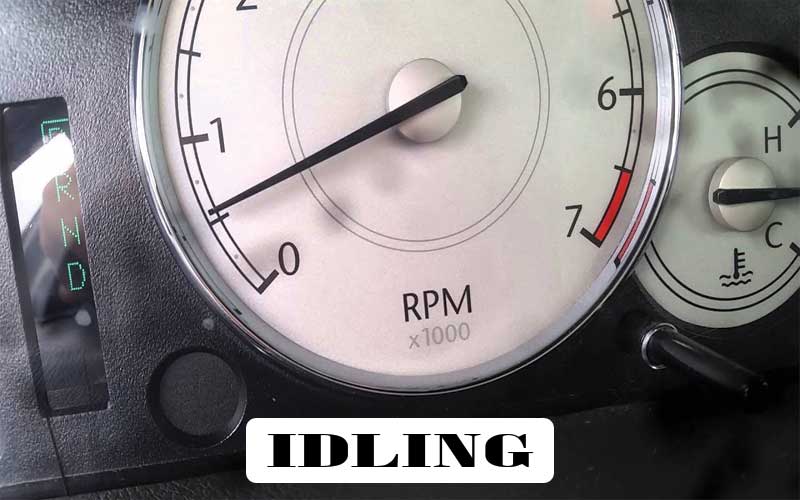
A vehicle is said to be idling when it has sufficient power to work the steering or other components but not enough to move the vehicle itself.
While the car idles, it should have a smooth feel and sound. Idle speed is gauged by looking at the revolutions per minute of the crankshaft of the engine.
If the car slips or skids, it means that it has a rough idling. It is recommended to seek professional help to fix idle engine problems in your car.
However, to avoid expensive repairs, one should have common knowledge about the possible causes of rough idle and the reasons behind this problem before talking to the mechanic.
What causes rough idling at low rpm?
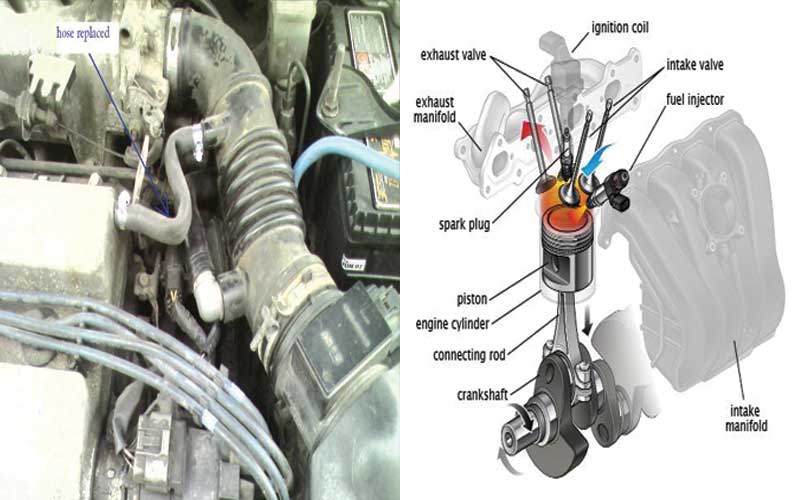
The root cause of the problem is difficult to detect as a variety of components, systems, and electronics can be behind rough idling. The most common components are listed below:
Wrong Idle Speed If your vehicle has rough idling, it can be because of incorrect setting of the idle speed.
The idle air control valve of the vehicle regulates the idle speed of the engine.
It is common for cars to have an idle speed ranging from 600 to 1000 RPM’s; this speed can change due to abrasion. However, it can be fixed easily.
A trained mechanic can help restore it to stay at the proper speed. If the adjusted idle continues to change, there’s a different problem with the engine.
1. Faulty or Blocked Fuel Pump
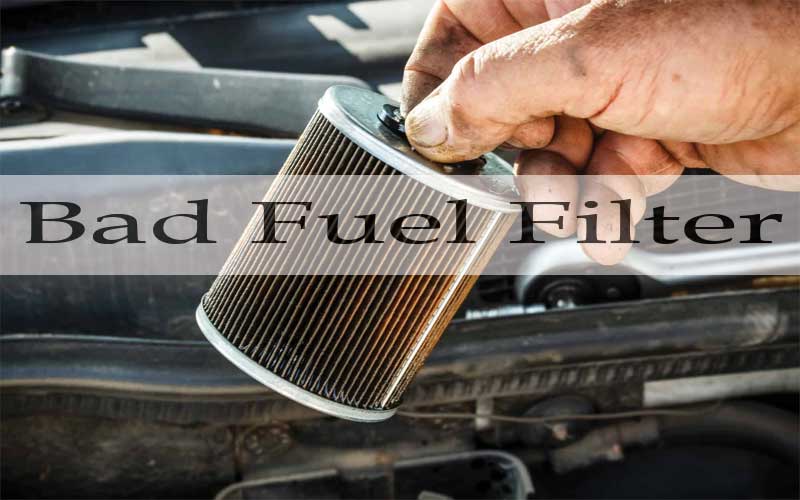
When the fuel from the gas tank does not reach the fuel injectors due to a faulty fuel pump, it is likely for your car to idle.
The fuel pump becomes clogged; it results in sputtering and stalling as the engine does not receive enough fuel.
2. Clogging of the Fuel Filter
The fuel filter screens out any impurities in the fuel of the car, causing the car to idle if not changed frequently. A rough idle is a sign of a clogged filter.
A clogged fuel filter blocks sufficient flow of fuel into the engine. Another symptom of this is that the car will be slow to accelerate.
The problem can be solved by cleaning or getting the filters exchanged depending on the type of the filter.
3. Vacuum leakage
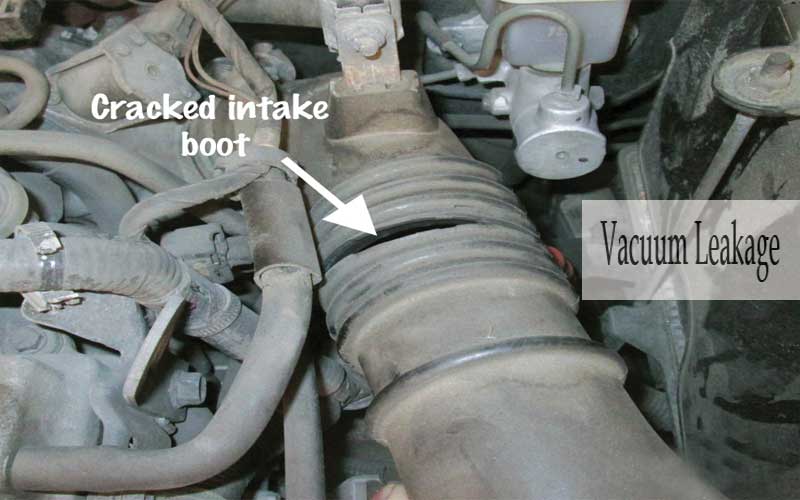
It occurs when there is a leak between the engine and the car’s airflow sensor. The check engine light switches on in case a vacuum leak takes place.
A vacuum system leakage can change the capability of a car’s computer to modulate the air to fuel ratio.
However, an issue with the vacuum system is difficult to figure out as it’s possible that the engine only runs rough at a low speed.
If this problem is not addressed, the car accelerates slowly and has a lack of power.
This can be easily fixed by getting a leaking vacuum replaced.
A quick fix to this problem can be checking and repairing the vacuum lines as required.
4. Malfunctioning Airflow sensor
An airflow sensor identifies the quantity of air coming through the fuel injection system, which ensures that the proper amount of fuel to air is delivered into the vehicle.
The primary symptoms of dysfunctional airflow sensors that may have become blocked or dirty over time are rough idling.
The car may stall or slow down as well because of this. However, it can be replaced and does not take much time.
Failing electrical Components
Failure of ignition or its corresponding parts is also a reason for the car to have a rough idle. Problems in the ignition controlling area are one of the most common culprits of this problem.
As the control of the timing of ignition and fuel mixture is regulated by the module. The problem is likely to escalate as RPM increase.
The replacement of the ignition control module is an easy fix to the problem, but the mechanic must be well versed in the car for it to be successful. Check and replace the distributor cap, rotor, ignition wires, and spark plugs.
It was not properly installed/ damaged plugs.
The function of a spark plug is to let the engine burn fuel. Due to improper installation or damage, there may be noise emitted from the vehicle.
The sounds are often accompanied by car idling at a lower speed. Damaged plugs should be examined immediately as they may even cause an engine fire.
Spark plugs can be replaced by one’s self even if one as enough mechanical prowess, but getting professional help is also another effective way to solve this problem.
5. Dirty Oxygen Sensor
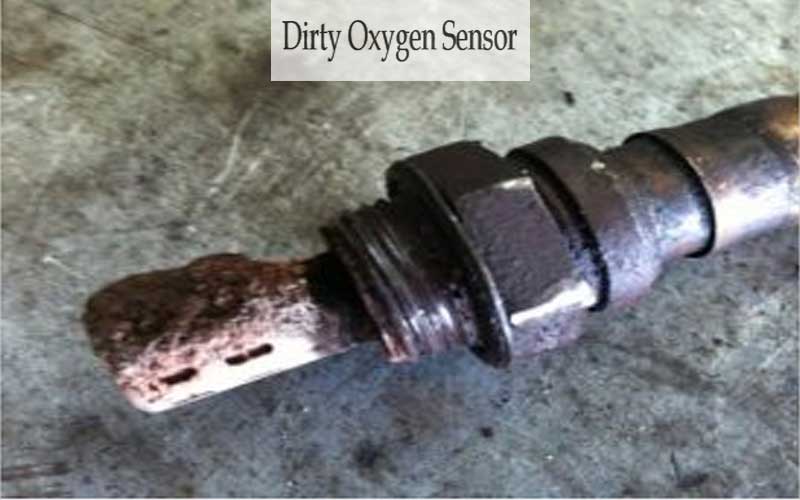
The oxygen sensors of the car detect unburned oxygen in the exhaust. The system’s computer utilizes the data to figure out the amount of fuel needed to be released.
The sensors provide proper maintenance of emissions, preferably keeping them as low as possible.
Oxygen sensor failure motions for the engine check light to be switched on, lower fuel efficiency, failure of the emission test as well as rough idle.
Therefore it is always best to keep the oxygen sensor clean with the help of the many cleaning products available nowadays.
6. Faulty Engine Temperature Sensor
Different fuel mixtures are required by the car-dependent on the temperature of the engine.
In case of failure of the temperature sensor, the wrong mixture can be provided by the fuel injection system, which can, in turn, cause problems such as the car to rough idle.
Read Also: Top 10 Coilovers Review and Buyer Guide
7. Problems with coolant Temperature Sensor
Complications with the sensor which adjusts the fuel mixture according to the temperature. Incorrect values can cause a mismatch. This, in turn, results in rough idling.
8. Issues with the evaporative emissions control
This system evaporates fuel vapors in the fuel tank, problems with it can cause rough idle problems. System faults may cause errors.
Other symptoms of this problem include fuel leakage, rise in pressure inside the fuel tank, and stalling.
9. Head Gasket Leak
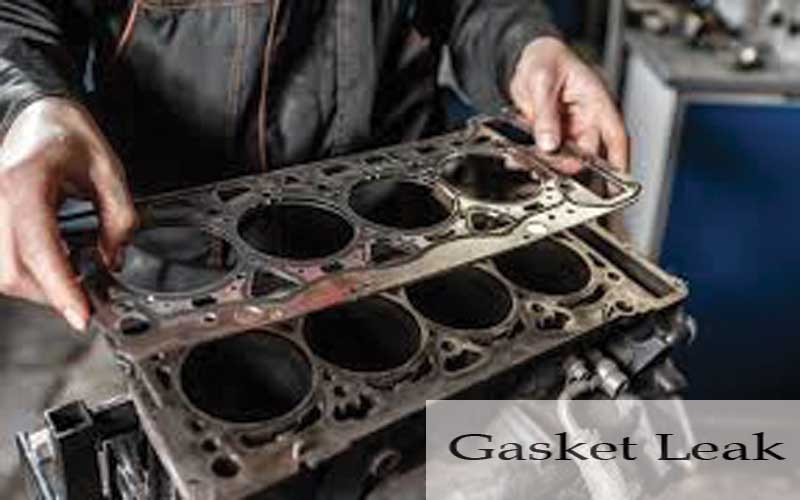
Even though a head gasket leak is often not the reason behind a car to rough idle, but that does not mean it should be overlooked.
A blown head gasket or burning valve is often a problem because of an uncared for the engine. But it is more likely to occur as a high rough idle.
A compression check may be able to detect this problem, especially if there is no other reason found behind the car to idle rough.
10. Carburetted Engines
Older models of cars often use carburetors and mechanical systems, which is why they are more likely to have a rough idle.
Failure to check the hoses for damage or proper maintenance and cleaning the carburetor regularly can further aggravate this problem, causing dirt accumulation.
11. Mechanical problems with the Engine
One should always check the compression of the engine to analyze the health of the engine
Final Thoughts
The most common reasons behind rough idling are misfiring, which is triggered by a bad spark or a faulty air-fuel mixture.
However, a proper diagnosis can be taken with the help of digital scanners or going to an automobile workshop and getting professional help.
Rough idling is a problem that should not be taken lightly. If this problem is not addressed, it can lead to severe engine damage.
The trickiest part is figuring out the causes behind this problem as there could be numerous reasons behind it; however, one can follow the varying symptoms other than rough idle to get some idea.
A great takeaway from this, however, is the fact that proper maintenance of one’s car is equally important to ensure that such problems do not occur.
As most rough idle problems are caused by failure to clean or care for different components of the car properly.
A computer scan for any code errors and indicators such as the check engine light can also help figure out the source of the problem.
The most important thing to keep in mind is that the problem should not be ignored despite how small the problem may seem to be.
Failure to do so could cost very expensive repair which, if dealt with in time, could be a cheaper and quick repair.
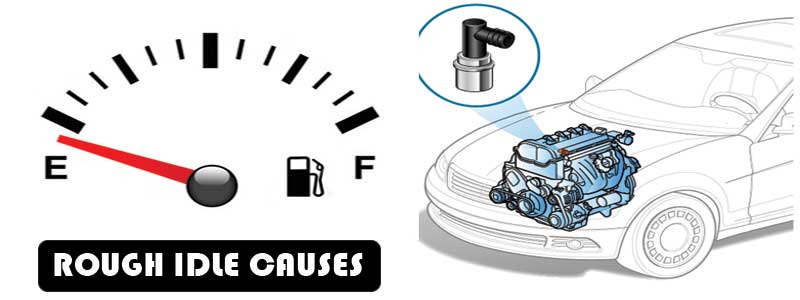

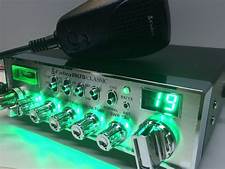



Post Comment